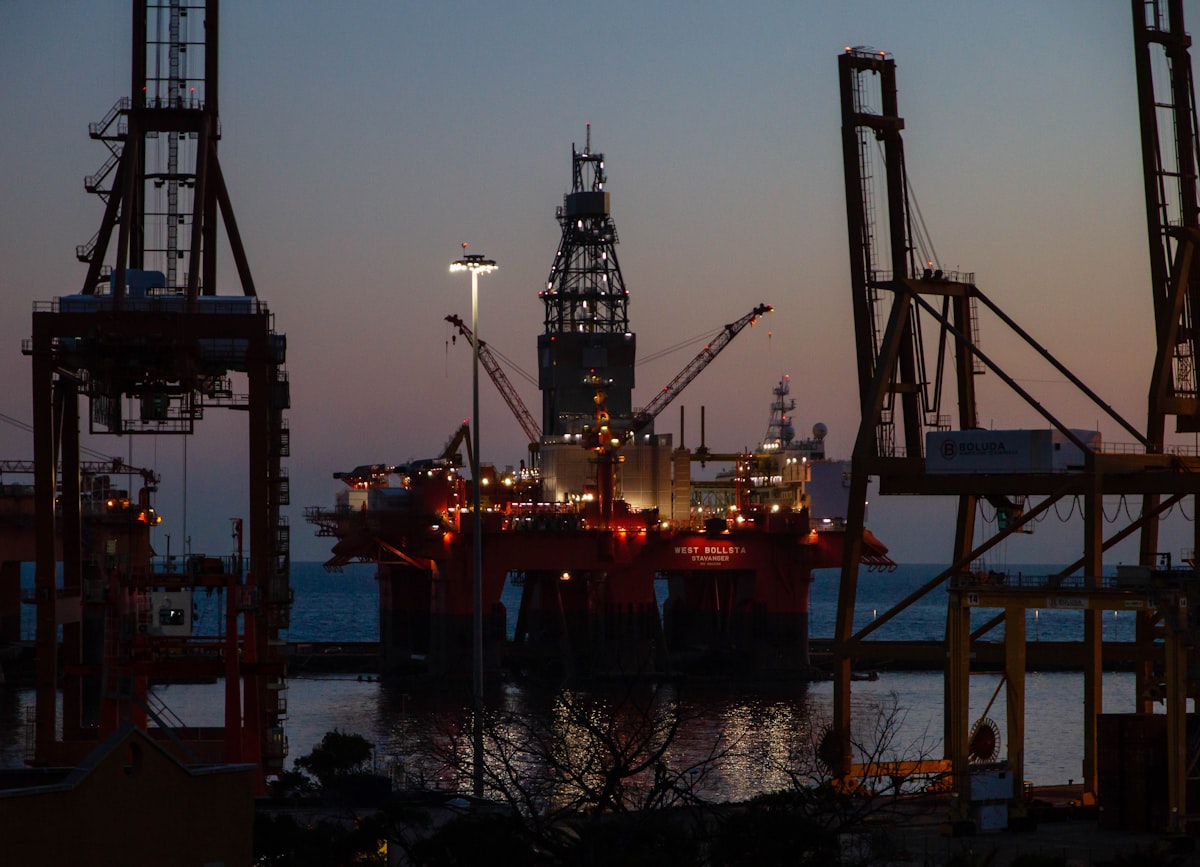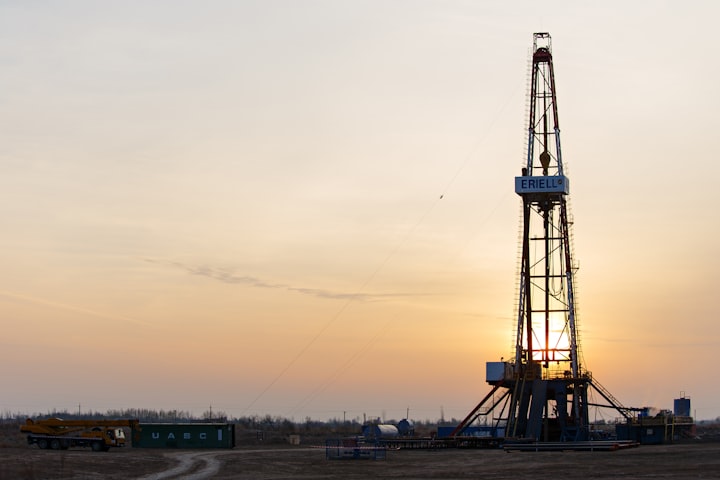U.S. Federal Leases - Offshore Oil Production
Offshore federal lease oil production analysis
Introduction
The first part of this analysis of Federal lease oil production looked at Onshore Federal leases, which highlighted that onshore production is dominated by two counties in New Mexico.
Similar datasets were analyzed for offshore oil production from Federal leases. It is apparent from the data that offshore drilling and production has seen consolidation in recent years leaving the playing field primarily to a handful of large balance sheet players.
Additional analysis with be provided on federal onshore and offshore leasing and permitting activity and company-level activity.
If you missed them, Part I and Part II provide a primer on the U.S. oil markets.
Offshore Oil Production
It is clear that when one discusses offshore oil production from Federal leases, that the Gulf of Mexico is the dominant offshore basin. Total offshore production from Federal leases averaged 1.7 million barrels per day in 2021.
Further, the Gulf of Mexico oil production discussion is focused on deepwater production from water depths of > 1,000 feet.
The vast majority of oil production in the Gulf of Mexico is from the Central Planning Area.
Gulf of Mexico planning areas can be seen here.

Other than during major hurricanes and post-COVID, Gulf of Mexico oil production has shown fairly consistent ups and down, with no material swings on a year-over-year basis.
As U.S. onshore oil production from shale resources on both Federal and private leases has increased, the offshore share of U.S. and Federal production has decreased.
Production and Leasing Activity
The Bureau of Ocean Energy Management (BOEM) manages 159 million acres in the Gulf of Mexico. Of that amount, 11 million acres are leased and 2.5 million of the leased acres are producing.
23% of active leases produce while only 7% of total acreage is leased.
It might be easy to point the finger at regulatory interference for the low lease usage and production acreage concentration but it is clear from the data not all offshore acreage is desired by the oil industry.
Indeed tens of millions of acres from recent lease sales had no interest. More acres went unsold during the 2017-2020 lease sales than any time in history.
Part of that is a function of offshore departures and consolidation. Fewer than half the number of operators exist today versus 20 years ago, with the percentage of oil produced by the top-5 operators increasing by 50% the last 20 years.
Notably, no U.S.-based oil & gas company has been a top-2 producer in the Gulf of Mexico for 13 years. BP and Shell have dominated the top spots.
Top-10 Oil Producing Fields in the Gulf of Mexico
The top-10 fields on U.S. Federal offshore leases produced 525,000 barrels of oil per day in 2021, roughly 30% of total offshore oil production.
These 10 fields have produced a combined 2.4 billion barrels of oil. To put that in context, royalty rates are 18.75% at these water depths on Federal leases. If those royalties were theoretically taken in-kind, it equates into 450 million barrels of oil for the U.S. government, or $27 billion in cash royalties at a $60/barrel average oil price.
Four of these fields have had monthly production that exceeded 100,000 barrels of oil per day. Their production profiles are shown.
The change in production from these fields versus 2019 is shown. In aggregate, production dropped from 575,000 barrels per day to 525,000.
It would appear Stones, Thunder Horse and St. Malo are the best producing fields from the current top-10 on a barrels-per-completion basis. Note, some columns in this table are only visible on desktop.
Of particular note from the table below is that the average time from lease to first production for these ten fields was 14 years.
U.S. Federal Offshore Lease Versus Private Leases
Offshore oil production is challenging. Engineering. Cost. Logistics of drilling and producing in a mile or two of water. Large balance sheets are needed to sustain years of cash outflows before production begins.
Unsurprisingly, offshore production has largely flat-lined for years as the U.S. onshore shale phenomena took off. Short-cycle was valued over long-cycle production. Recent events may cause yet another shift back towards long-cycle offshore oil production.
Sign up for additional Federal lease analysis and to stay apprised of future developments at Enersection.




